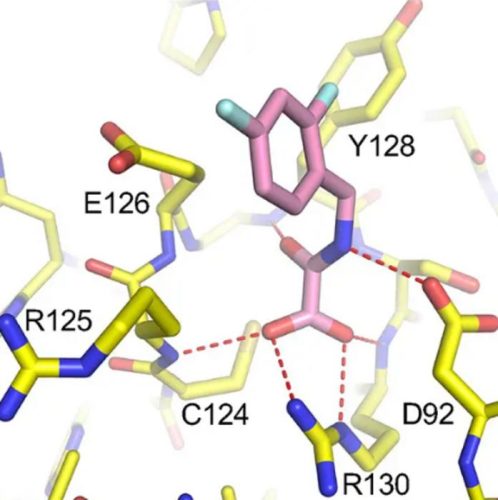New approach targets VHR enzyme for sepsis treatment
Posted: 28 March 2025 | Drug Target Review | No comments yet
A new study reveals a promising approach to sepsis treatment by targeting the VHR enzyme using fragment-based drug discovery. This innovative method could lead to more effective therapies for sepsis and other immune-related conditions.


Sepsis is a life-threatening condition that occurs when the immune system mistakenly attacks the body’s own tissues and organs while fighting an infection. If not treated early, it can escalate into septic shock, a dangerous drop in blood pressure that deprives organs of essential nutrients and can lead to fatal outcomes. Despite its severity, treatment options remain limited to antibiotics and supportive care, as researchers have struggled to develop new therapies.
A recent study by scientists at Sanford Burnham Prebys and the CUNY Advanced Science Research Centre, published in ACS Omega, highlights a promising new approach to identifying potential treatments for sepsis.
Targeting the VHR enzyme to combat sepsis
The research team focused on an enzyme called Vaccinia-H1-related phosphatase (VHR), which plays a crucial role in regulating immune responses. Previous studies have shown that reducing VHR levels in genetically modified mice helped protect against sepsis and septic shock. However, efforts to develop drugs that block VHR have been unsuccessful due to the structure of its “active site,” where the enzyme binds to molecules to carry out its function.
Rather than targeting the enzyme’s active site, the scientists employed a novel fragment-based drug discovery platform to find alternative ways of inhibiting VHR.
“We built a fragment-based drug discovery platform for VHR,” said Dr Lutz Tautz, research associate professor at Sanford Burnham Prebys and senior author of the study. “This strategy looks for small molecular fragments that can interact with the enzyme and then uses the best ones as building blocks to create effective drug candidates.”
The team tested 1000 molecular fragments and identified multiple promising candidates that selectively interacted with VHR without affecting similar enzymes. This selectivity is crucial for minimising potential side effects in future drug development.


One of the molecular fragments (in pink) uncovered through fragment-based drug discovery is shown binding with an immune system enzyme called Vaccinia-H1-related phosphatase. Credit: Lutz Tautz
Discovering new drug targets beyond the active site
In addition to identifying promising fragments, the researchers made another key discovery – some fragments were capable of binding to previously unknown sites on the VHR enzyme, beyond its active site.
“Fragments that bind to novel sites could potentially be optimised to enable selective degradation of VHR for combating sepsis and septic shock – devastating conditions responsible for nearly 20 percent of global deaths,” Tautz explained.
Potential beyond sepsis treatment
Beyond its implications for sepsis treatment, the study suggests that this fragment-based drug discovery approach could be applied to other enzymes in the protein tyrosine phosphatase family. These enzymes play vital roles in cell signalling and have been linked to various diseases.
“I think we’ve also demonstrated that this drug discovery platform can be applied to the superfamily of protein tyrosine phosphatases that VHR belongs to, which is meaningful as these important signalling molecules have been implicated in many diseases,” Tautz added.
With this promising discovery, researchers may be one step closer to developing new therapies for sepsis and other immune-related conditions, potentially saving millions of lives worldwide.
This study was published in ACS Omega.
Related topics
Disease Research, Drug Development, Drug Discovery, Drug Targets, Immunology
Related conditions
Sepsis
Related organisations
CUNY Advanced Science Research Centre, Sanford Burnham Prebys
Related people
Lutz Tautz








